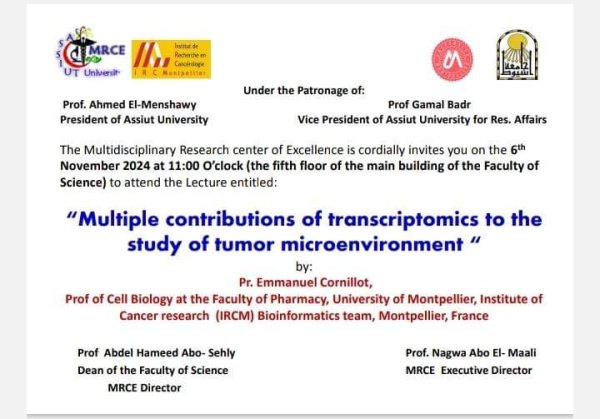Control Functions in G-Metric Spaces: Novel Methods for θ-Fixed Points and θ-Fixed Circles with an Application
The purpose of this paper is to present some new contraction mappings via control functions. In addition, some fixed point results for Θ,α,θ,Ψ contraction, rational Θ,α,θ,Ψ contraction and almost Θ,α,θ,Ψ contraction mappings are obtained. Moreover, under contraction mappings of types (I), (II), and (III) of Θ,θ,Ψυ0, several fixed circle solutions are provided in the setting of a G-Metric space. Our results extend, unify, and generalize many previously published papers in this direction. In addition, some examples to show the reliability of our results are presented. Finally, a supporting application that discusses the possibility of a solution to a nonlinear integral equation is incorporated.



